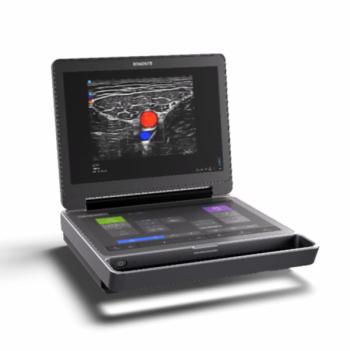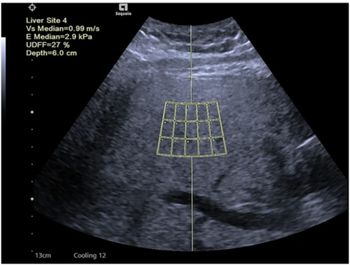
Fast scans boost viability of MR fetography
Faster MR scans are overcoming the weaknesses of past efforts to use this modality for fetal imaging. Advances in speed and resolution are apparent in mapping the fetal brain.
Faster MR scans are overcoming the weaknesses of past efforts to use this modality for fetal imaging. Advances in speed and resolution are apparent in mapping the fetal brain.
Involuntary movements of the fetus had been a major source of motion artifacts, but improved imaging techniques can reduce their effect on image quality. Prenatal studies using ultrafast MR sequences promise to make fetal MR a complementary technique to ultrasound for detection, evaluation, and management of the fetus.
The modality has already served as an alternative to diagnostic ultrasound when sonographic information was diagnostically inconclusive or did not provide sufficient basis for evaluating treatment options. The limited experience with fetal MR, however, has complicated interpretations, hampering widespread use of the technology.
Fetal MR's relative ease of operation and reproducibility argue in its favor, while its expense compared with sonography and its relative susceptibility to motion artifacts argue against it. (Images provided by the National Center for Child Health and Development, Tokyo, Japan )
Newsletter
Stay at the forefront of radiology with the Diagnostic Imaging newsletter, delivering the latest news, clinical insights, and imaging advancements for today’s radiologists.



























